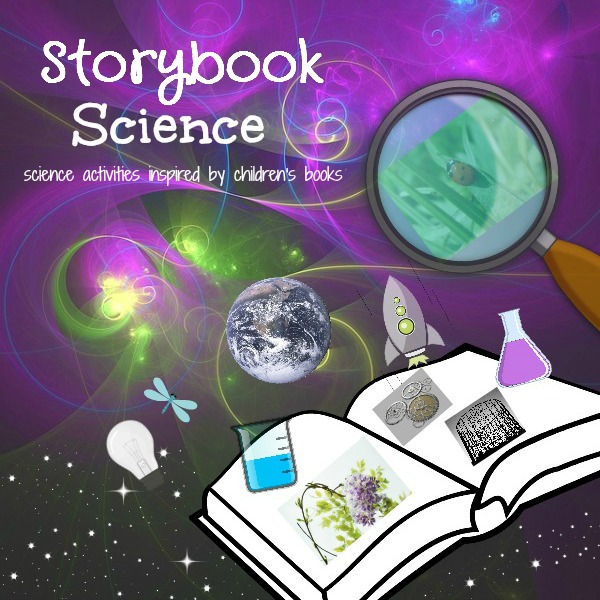Learn about Dirt with Sediment Jars
Lean about what dirt is made of by creating sediment jars. This easy science project goes well with the book Dirt: The Scoop on Soil. Affiliate links are included in this post.
Learn about Dirt!
We’ve been reading a lot of rock books lately – just one of my son’s current interests. My husband and I were trying to explain sedimentary rocks to him. I visualize the sediment falling down in water and forming layers. I taught oceanography for 5 years and we observed sedimentation happen in mason jars. {We called them sediment jars.} It helps explain some of the layers we see in rocks. We checked out Dirt: The Scoop on Soil. I was excited to see they encouraged kids to make their own sediment jars. You can make one, too!
Make a Sediment Jar
Supplies:
- Clear jar {glass or plastic}
- Soil
- Shovel
- Water

Directions:
- Find a place to scoop up some soil. Make sure it is okay to take the soil from this spot. {Don’t dig up your pretty flowers.} Choose a spot that will have various kinds of soil. Your garden probably isn’t the best location.
- Fill your jar about half full with soil.

- Add water to your jar. {Fill almost to the top.}
- Place a lid on your jar and shake {or stir the water and soil with a stick or spoon}.
- Watch the sediments fall.

- Allow the jar to sit undisturbed for at least a day. {Check in every once in a while to see how the jar has changed.}
What You Should Notice:
The sediments will form layers as they fall in the jar. The largest sediments fall out of the water first. As time goes on, more and more sediments fall out of the water. At the bottom of the jar, you’ll see gravel {large rocks}. Next, you’ll see sand, then silt, then clay, then humus {decaying matter}. The types of sediments are named based on their particle size. The smaller sediments are at the top of the jar. The amount of each type of sediment depends on what type of soil you have.
More Geology Activities
- Getting Started Rock Collecting with Kids
- R is for Rocks {part of our A to Z Science series for toddlers and preschoolers}
Storybook Science
At Read Science everything we share is connected to a book. March is National Reading Month and I’ve organized a group of fabulous bloggers to share science activities inspired by children’s books all month long! This week, we’re sharing Earth and space science themed activities. Be sure to check out all of the Storybook Science posts.
This post was originally published on July 10, 2014.





Leave a Reply